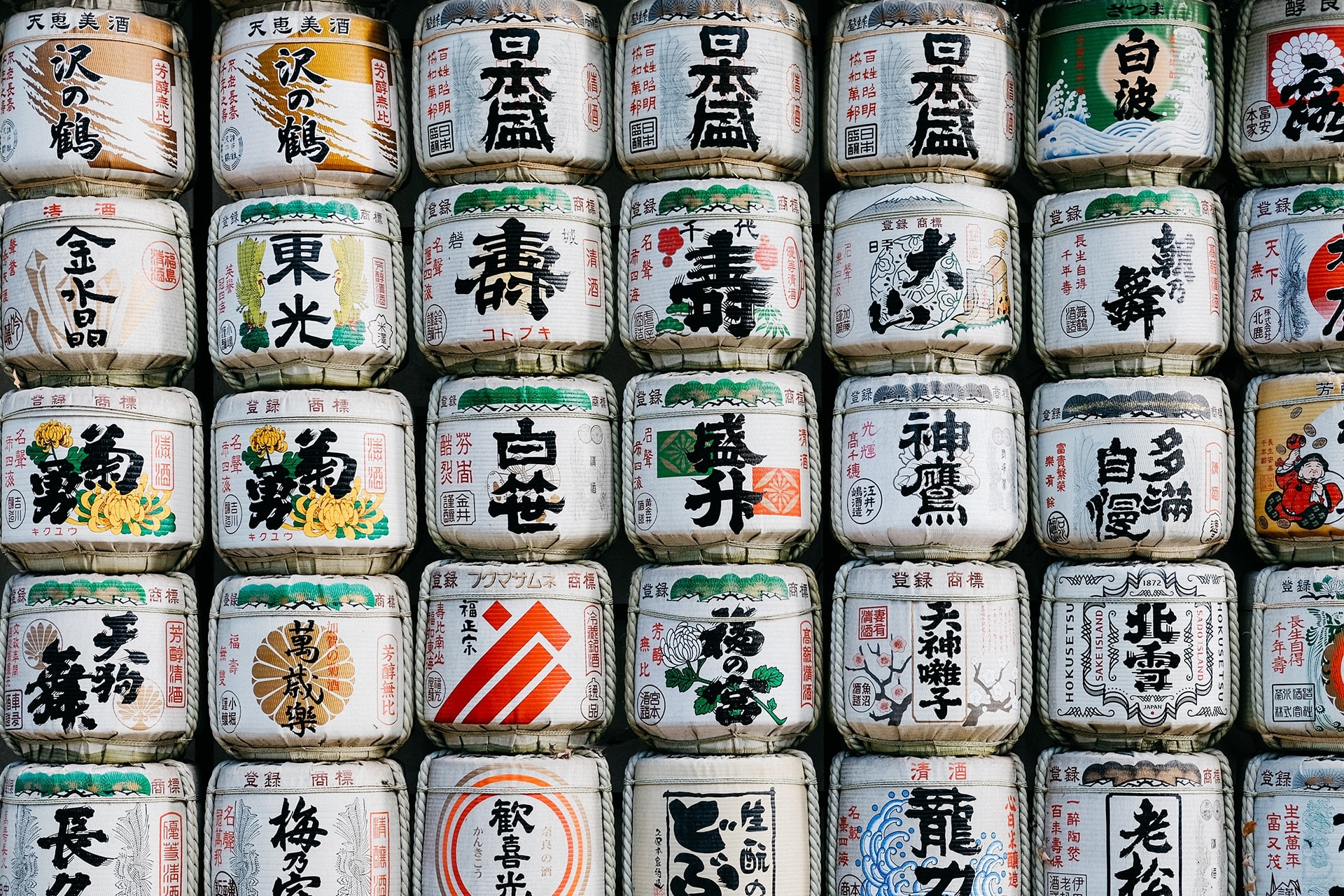
Design
What can we learn from packaging in China?
When I visit a new country, I love to walk around the shops to admire the local packaging. On a recent business trip to China, I found myself surprised and delighted by the clear refusal of Chinese packaging designers to conform to what’s expected of their sector. Even some of the most utilitarian of products were beautifully designed, with customer needs and emotions in mind, rather than the brand requirements. Of course, I earn a living building brands and the guidelines required by businesses so I’m not suggesting that we toss all that aside, but observing the creativity and imagination that went into much of the Chinese packaging made me question whether the balance in the West is a little out of kilter.
Rather than getting hamstrung with compliance over creativity, why don’t we occasionally try smashing the category codes? There’s no reason why we shouldn’t apply the beautiful peel off graphics you often see on drinks bottles, for example, to a bottle of premium motor oil. Or give cleaning products just as much ‘joosh’ as hair products. We don’t need to lose all the cues related to a product sector, that’s the responsibility a good designer commits to, and of course we need to retain the mandatory stuff, but perhaps we worry that if we don’t put the right clues on the pack, consumers won’t understand what it is. I think we underestimate how adaptable human beings are.
China is also leading the way in ‘smart’ packaging – the result of a complete dependence on mobile apps – WeChat in particular. The app consolidates every element of your life – from ordering food, to booking a taxi, or settling your restaurant tab – and it’s re-framing everything from product packaging to retail promotions in China.
The most obvious bi-product of this technological evolution is the QR code, which is as commonplace as a barcode in China. The ubiquity of the QR code has had a massive impact on packaging, giving brands a third dimension that genuinely enhances customers’ experience by providing special offers and promotions that they can immediately take advantage of. And is the leading component in the vision of a cashless society.
Because virtually everyone uses WeChat, which has a built-in QR reader, the opportunities for brands and retailers are endless. If you’re buying a motor lubricant for instance, scanning the QR code on the bottle might entitle you to a free car wash. For products such as perfumes or other high value items which are easily counterfeited, the QR code allows you to check whether the product is genuine. According to the Tetra Pack Index 2018, one Chinese milk supplier has even created an ‘Adopt a Cow’ programme allowing consumers to see exactly where their milk is coming from. By scanning a unique QR code they can view their cow via a webcam 24 hours a day – a unique way to engage consumers in a market where concerns about food safety mean that people like to be able to trace the origin of their products.
QR codes have all but disappeared in the UK, partly because there wasn’t a standard reader but mainly because brands weren’t doing anything exciting with them – they felt like a techy fad that took away from the purity of the design. But today’s designers must understand that a product isn’t as isolated as it once was – packaging is just one part of the conversation a brand is having with its customer.
A QR code shouldn’t be viewed as an ugly intrusion but as a portal that takes us to something exciting, beautifully designed, easy-to-use and to understand. It should make customers feel they are experiencing more, even if it’s just a closer conversation with the brand they’ve chosen to purchase. It’s a wonderful opportunity for us to go beyond designing just the packaging and instead enhance the whole consumer experience. Let’s hope that brands that view themselves as cutting edge follow China’s example… and stick with it this time.
This article first appeared on Packaging News.